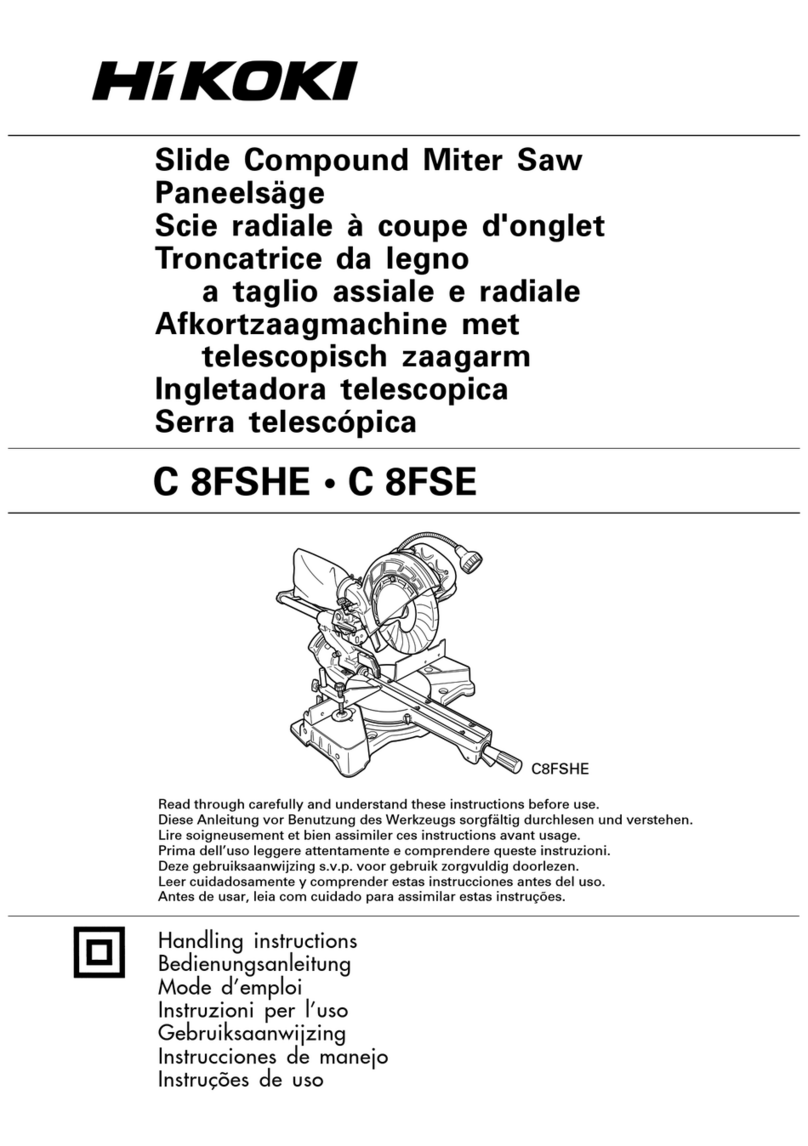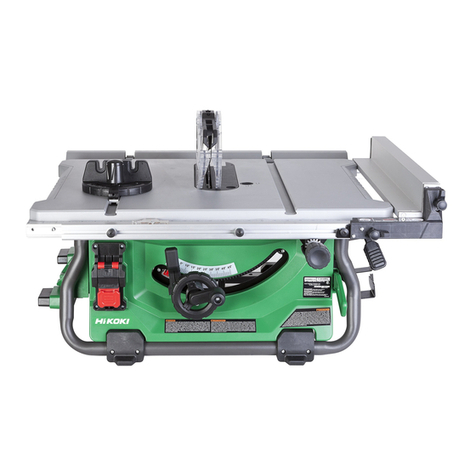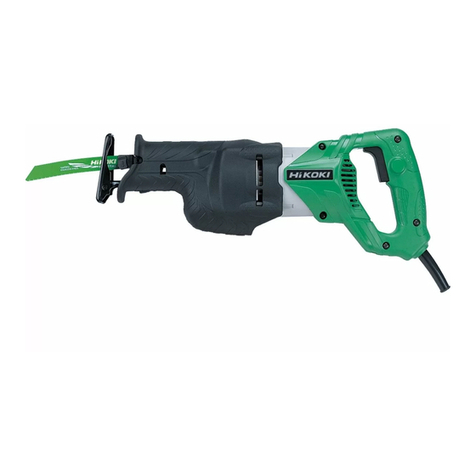HIKOKI C 10FCE2 User manual
Other HIKOKI Saw manuals

HIKOKI
HIKOKI C 7MFA User manual
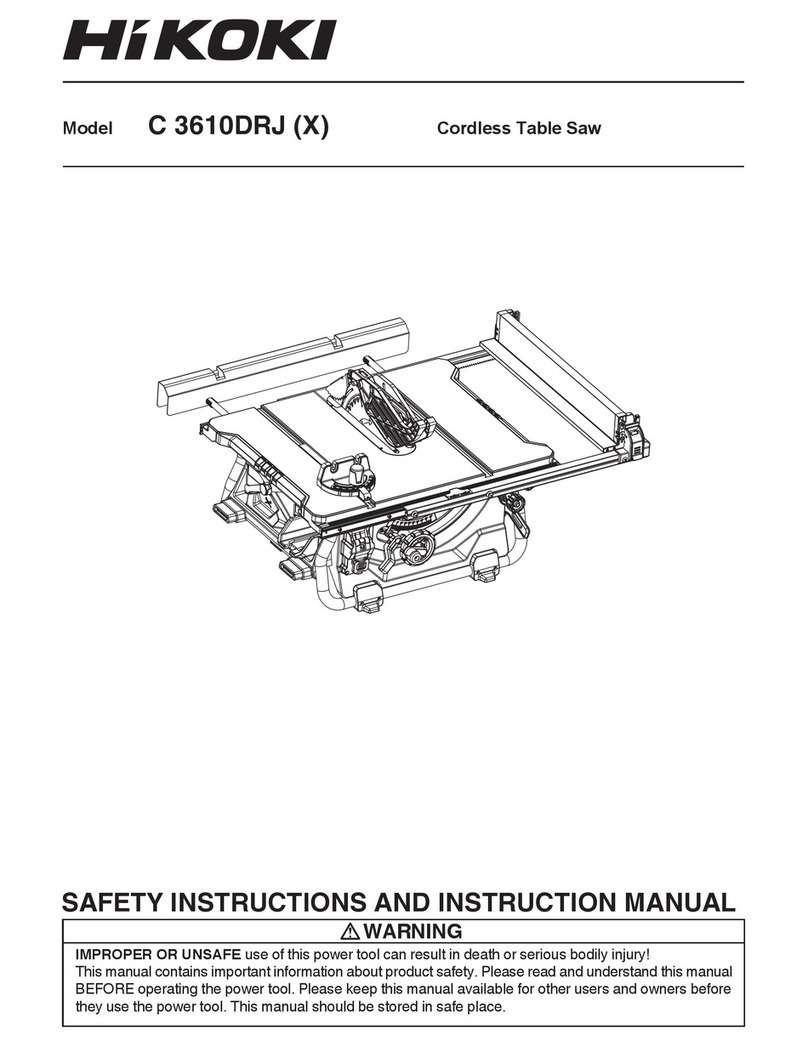
HIKOKI
HIKOKI C 3610DRJX User manual
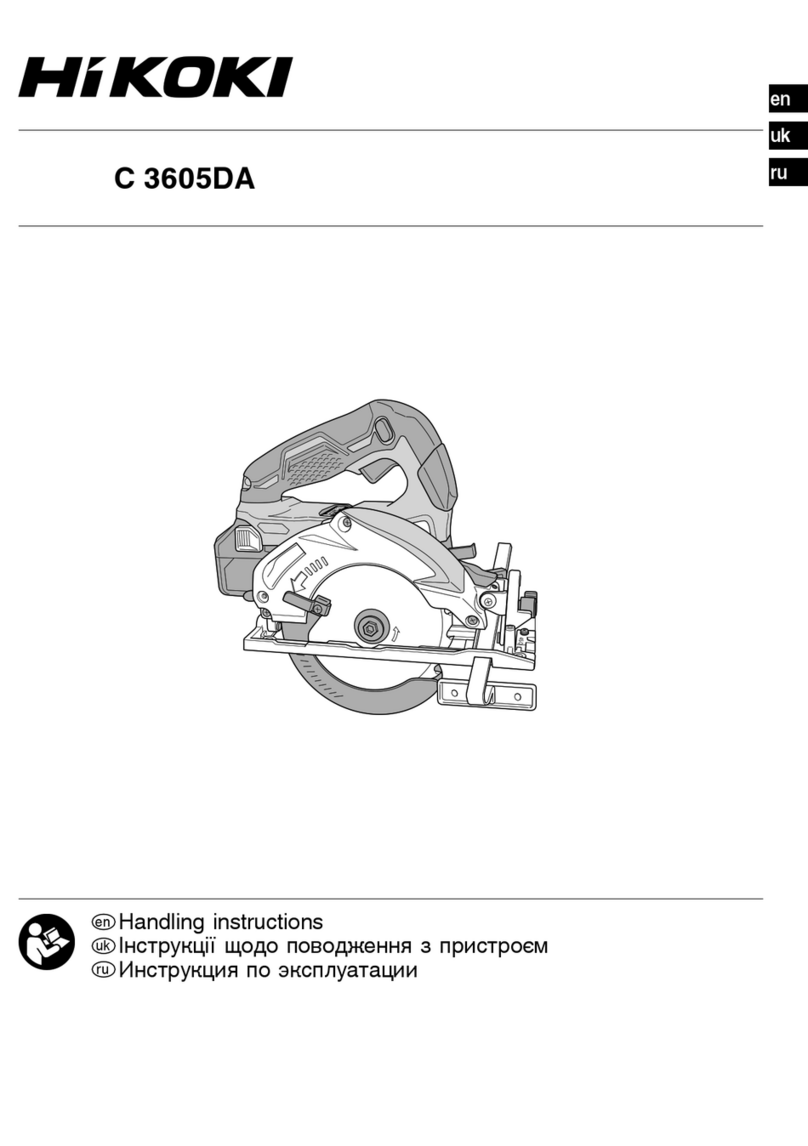
HIKOKI
HIKOKI C 3605DA User manual
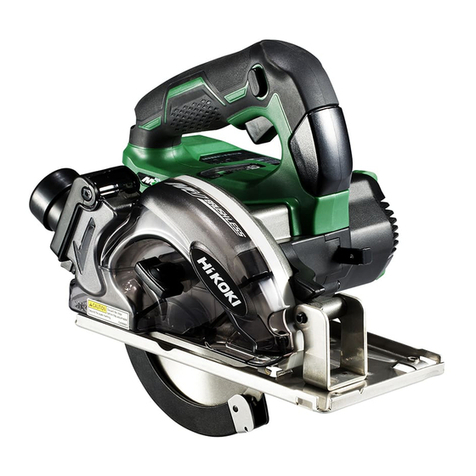
HIKOKI
HIKOKI CD 3605DA User manual
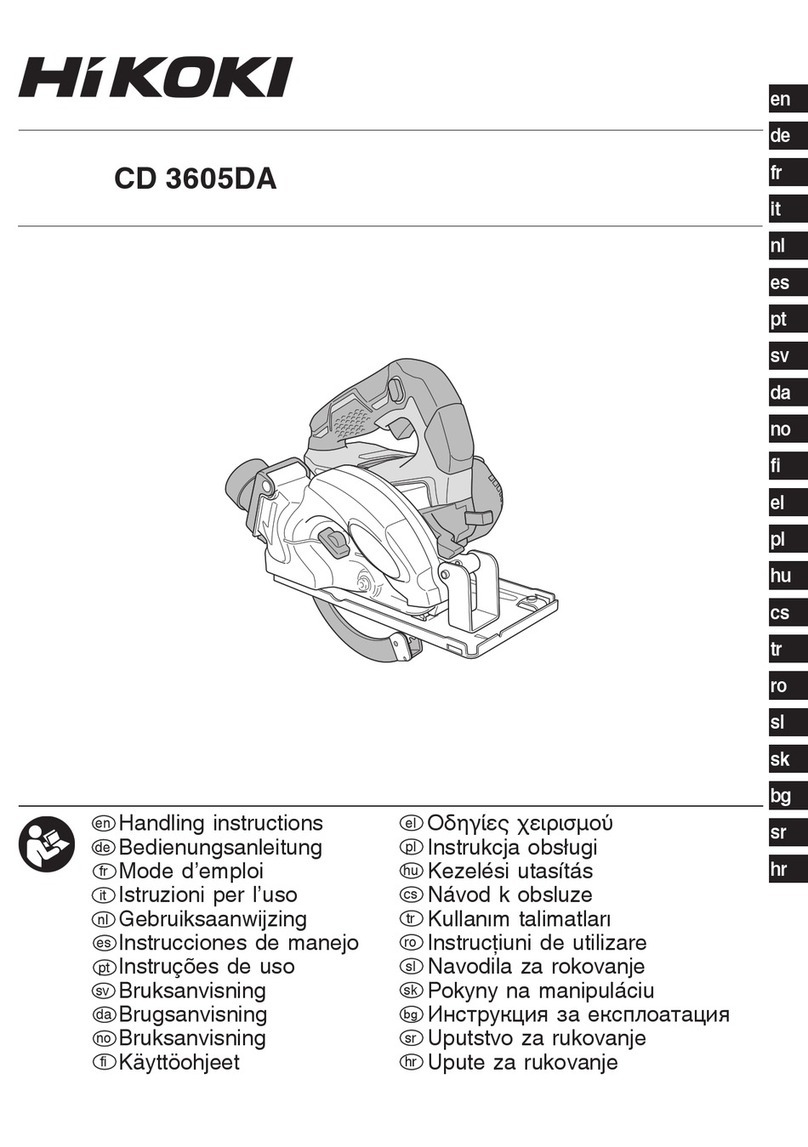
HIKOKI
HIKOKI CD 3605DA User manual

HIKOKI
HIKOKI C 1806DA User manual
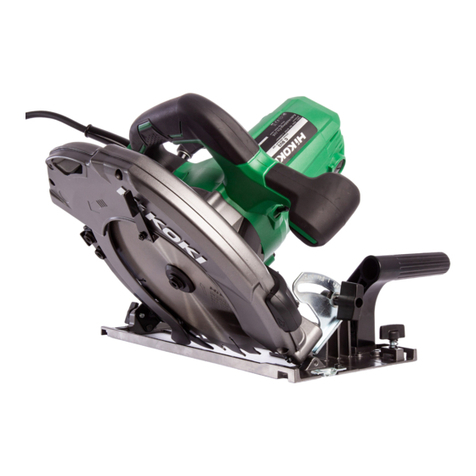
HIKOKI
HIKOKI C 9U3 User manual
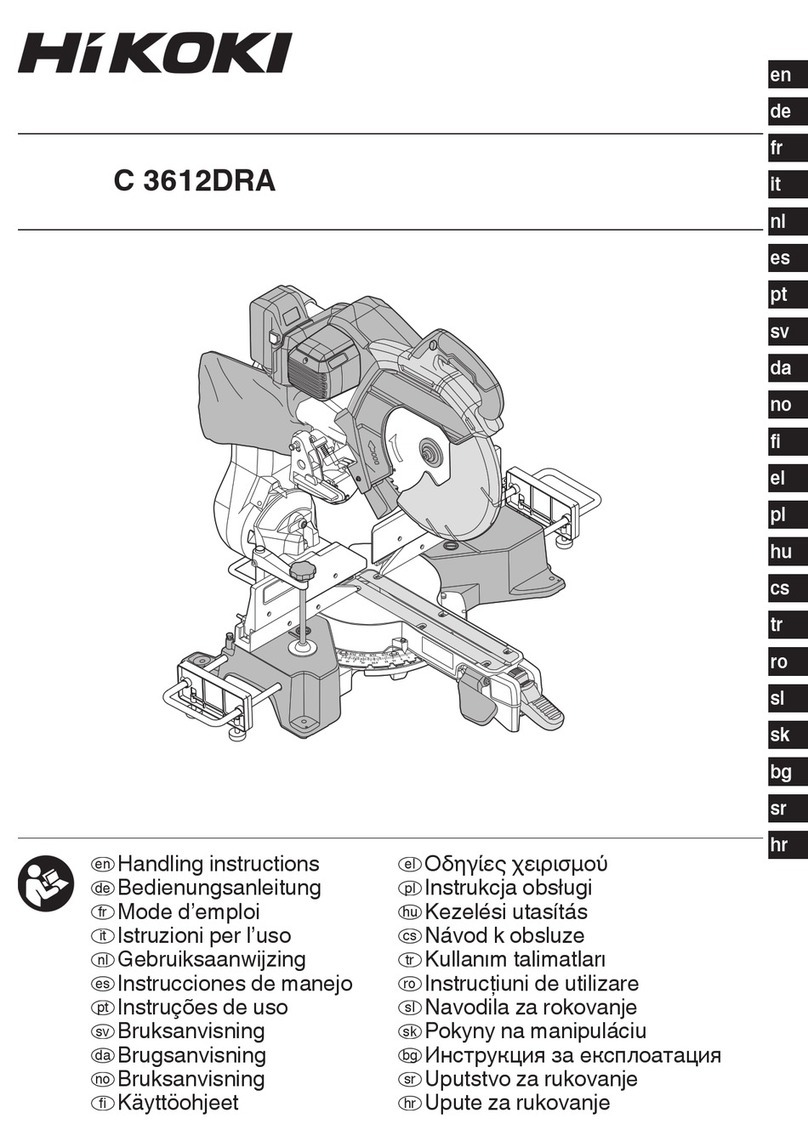
HIKOKI
HIKOKI C 3612DRA User manual
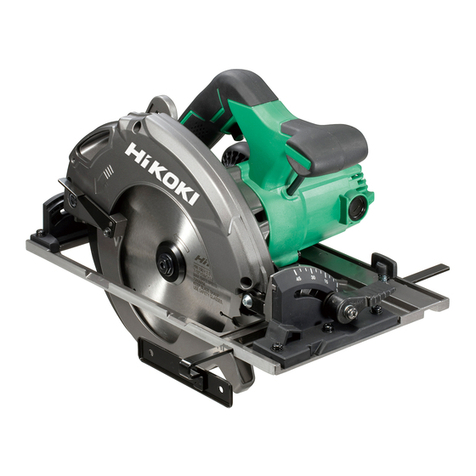
HIKOKI
HIKOKI C 7U3 User manual
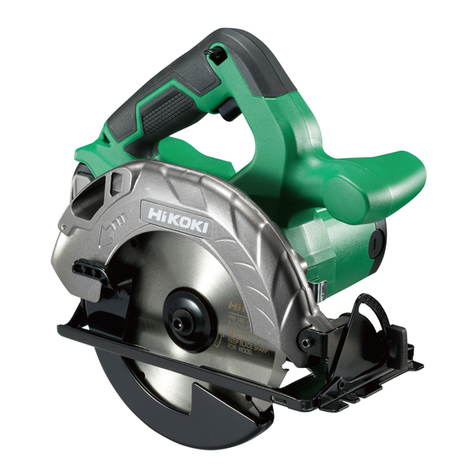
HIKOKI
HIKOKI C 1806DA User manual
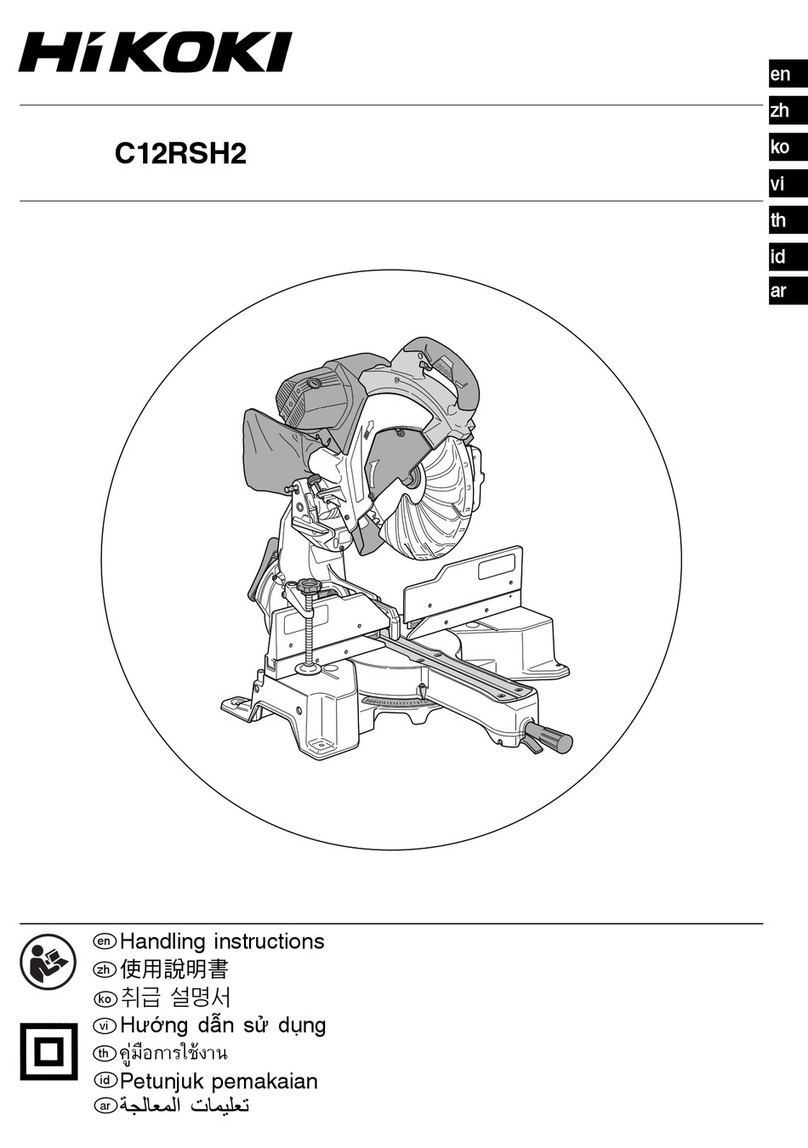
HIKOKI
HIKOKI C 12RSH2 User manual
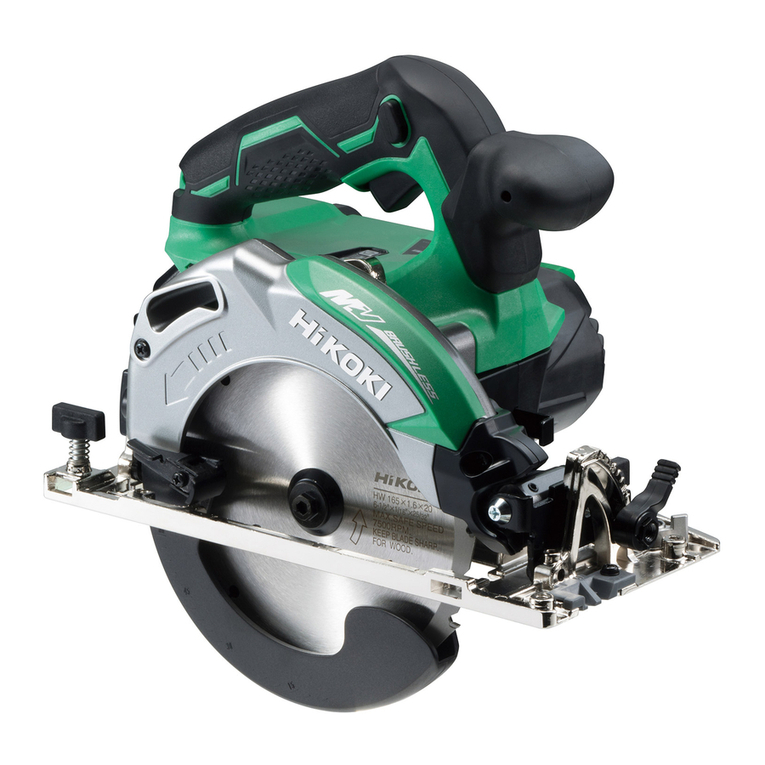
HIKOKI
HIKOKI C 3606DA User manual
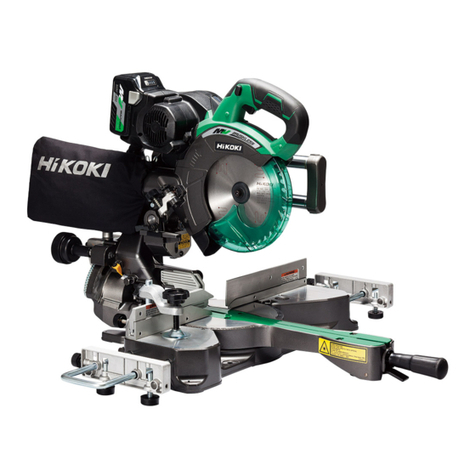
HIKOKI
HIKOKI C 3607DRA User manual
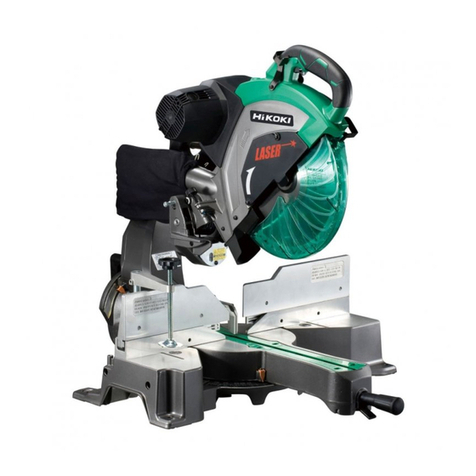
HIKOKI
HIKOKI C 12RSH2 User manual
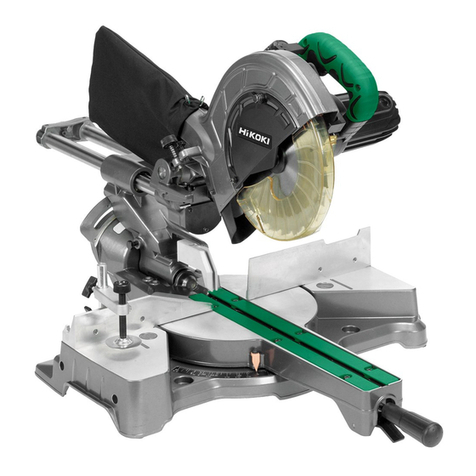
HIKOKI
HIKOKI C8FSHE User manual
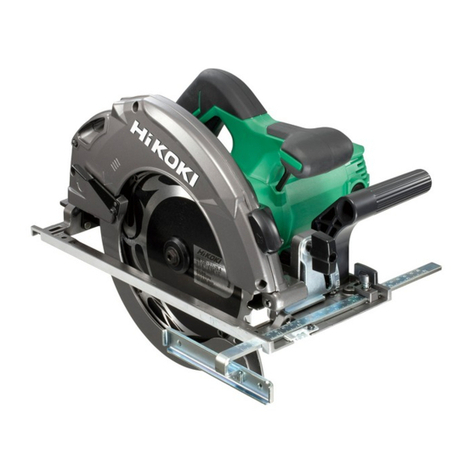
HIKOKI
HIKOKI C 9SA3 User manual

HIKOKI
HIKOKI C 6U3 User manual
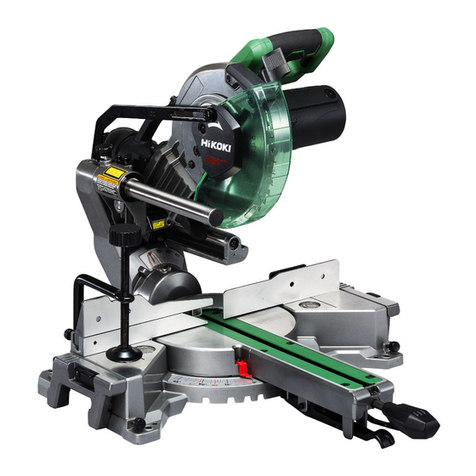
HIKOKI
HIKOKI C 8FSHG User manual
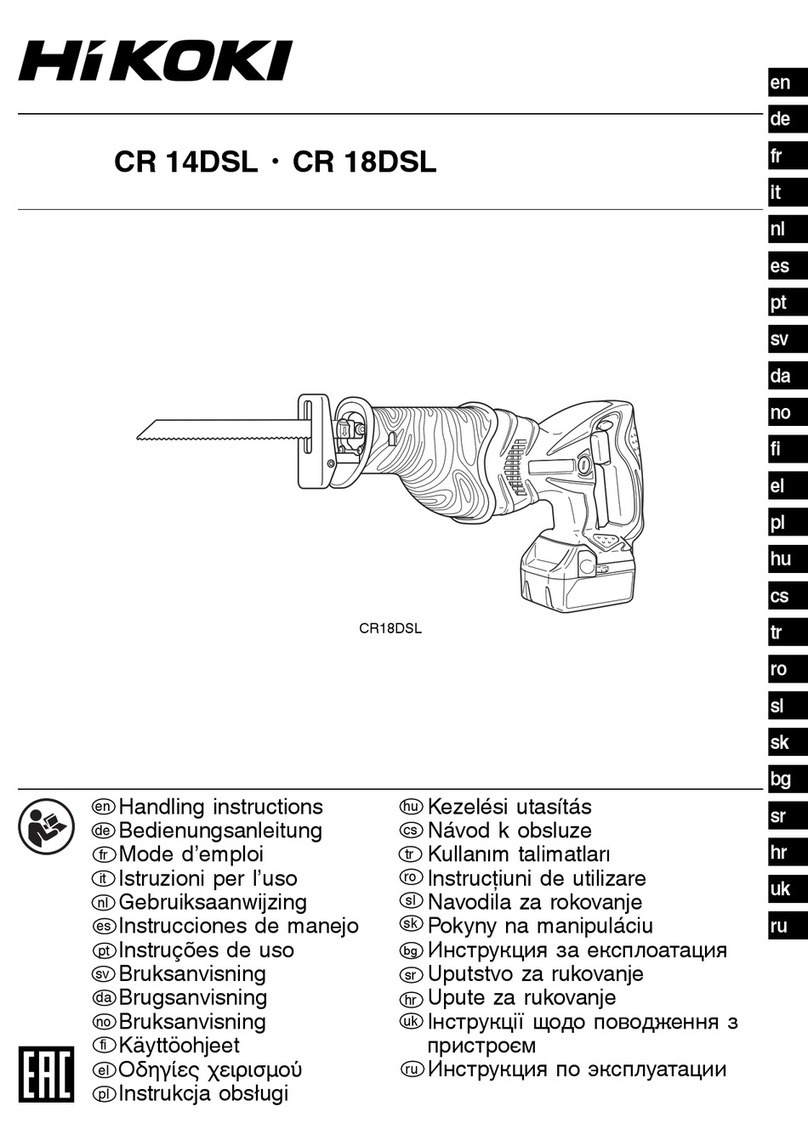
HIKOKI
HIKOKI CR 14DSL CR User manual
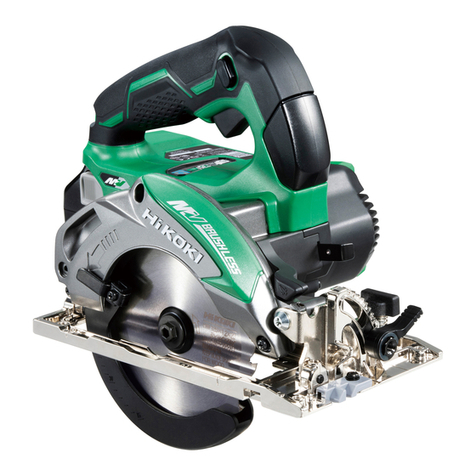
HIKOKI
HIKOKI C 3605DA User manual
